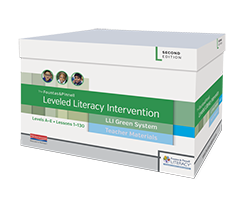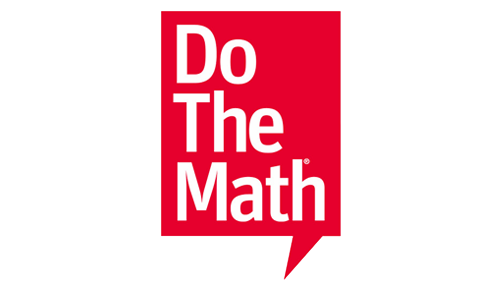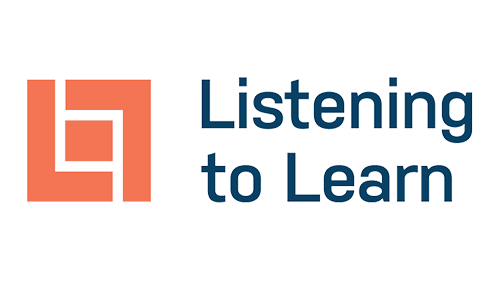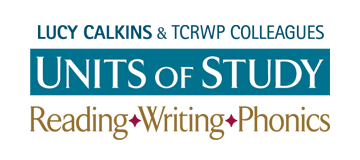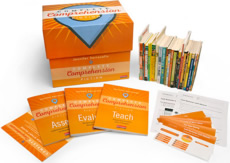Classroom Resources
Now more than ever, schools need to leverage high-quality curricula and classroom resources. Heinemann has instructional programs that provide a coherent and cohesive experience designed to keep students engaged and to empower teachers.
Fountas & Pinnell ClassroomTM, Grades K-6
Fountas & Pinnell Classroom™ offers a cohesive, multi-text approach to literacy instruction for all students in grades PreK–6. It is designed to support whole-group, small-group and independent learning opportunities including: interactive read-aloud, reading and writing minilessons, shared reading, phonics/spelling/word study lessons, guided reading, book clubs, and independent reading collections. Lessons in Fountas & Pinnell Classroom™ also include built in supports for EL students.
Units of Study in Reading, Writing and Phonics, Grades K-8
Pioneered by Lucy Calkins and her colleagues at The Reading and Writing Project, and refined over decades of research and piloting with thousands of teachers, the ever-evolving Units of Study curriculum currently includes Reading, Writing, and Phonics Units of Study that support explicit classroom instruction, provide rich opportunities for practice, and help teachers use learning progressions to monitor progress and set students on trajectories of growth.
Heinemann also offers the Teachers College Reading and Writing Project Classroom Libraries which were thoughtfully curated with thousands of high-quality diverse texts across a variety of text types and genres.
Complete Comprehension, Grades 2-5+
Complete Comprehension by Jennifer Serravallo is an assessment and teaching resource to provide goal-directed, strategy-driven instruction to support comprehension of entire chapter books.
The Comprehension Toolkit, Grades K-6+
Available in grades K-2 and 3-6 sets, The Comprehension Toolkit series by Stephanie Harvey and Anne Goudvis provides strategies that work to help students understand, respond to, and learn from nonfiction text, building background knowledge across the curriculum and throughout the year. This flexible resource can be used for instruction with whole group, small group, as well as during intervention, specific EL support, and summer school.
Math in Practice, Grades K-5
Math in Practice is a standards-based, professional learning resource from Sue O'Connell and colleagues. This grade-by-grade K–5 resource fits with any math curriculum. It identifies the big ideas of math content and best-practice teaching, unpacking essential teaching strategies and detailing why these strategies are powerful. Each grade level set includes coaching, lesson starters, formative assessment suggestions, and small group activities.
Professional Learning
It’s time to invest in teachers and to build and expand teacher capacity.
ESSER funding can be used towards working with a site-based learning consultant and customizing to the specific needs of your teachers, attending an in-person or virtual workshop or multi-day event, or any of our online professional learning courses or series.
Explore how Heinemann’s Professional Learning experts can give your teachers the tools they need to keep their classroom practice energized.
Use of ESSER Funding Explained
- Click here for a Comprehensive overview of what the Congressional Funding means for K-12 schools
- This includes $123 billion for K-12 schools to be distributed through the federal Title I formula for funding schools and districts with concentrated poverty.
- States are expected to distribute at least 90% of this funding to districts, and 20% of that amount must be allocated towards evidence-based interventions to address learning loss – which can include extra support for intervention, summer enrichment and afterschool programs.
- States may reserve 10% of the allocation for purposes other than direct grants to districts. This funding also has specific restrictions which include allocations for Learning Loss Interventions, Summer Enrichment Programs and Afterschool Programs. And those decisions will be made at the state level.
- The expected timing of receiving the funding, and whether districts will be required to submit documentation to release the funding, will differ for each state, but most of the funding should be distributed to the districts over the next few months and in general the funding should be allocated by schools and districts between now and the fall of 2024.
- Check your state DOE website to see if they have published guidance on the different funding streams. Whiteboard Advisors posted a spreadsheet with estimates for school districts.
- Districts have the flexibility to use these funds to best meet their individual circumstances. Allowable uses include intervention resources, instructional materials, educational software, professional learning, assessments, salaries, internet connectivity and devices, as well as summer-school and after-school activities.
- Remember, at least 20% of the funding must be allocated to address intervention and unfinished learning – and this allocation of funding alone is much greater than a typical year of Title I funding in your district – so think big!
- Finally, check with your Title I coordinator to learn more about your district’s plans for the funding, and ask how you can apply the funding to your wish list. And, please reach out to your Heinemann representative with any questions.
Find your local Heinemann representative






